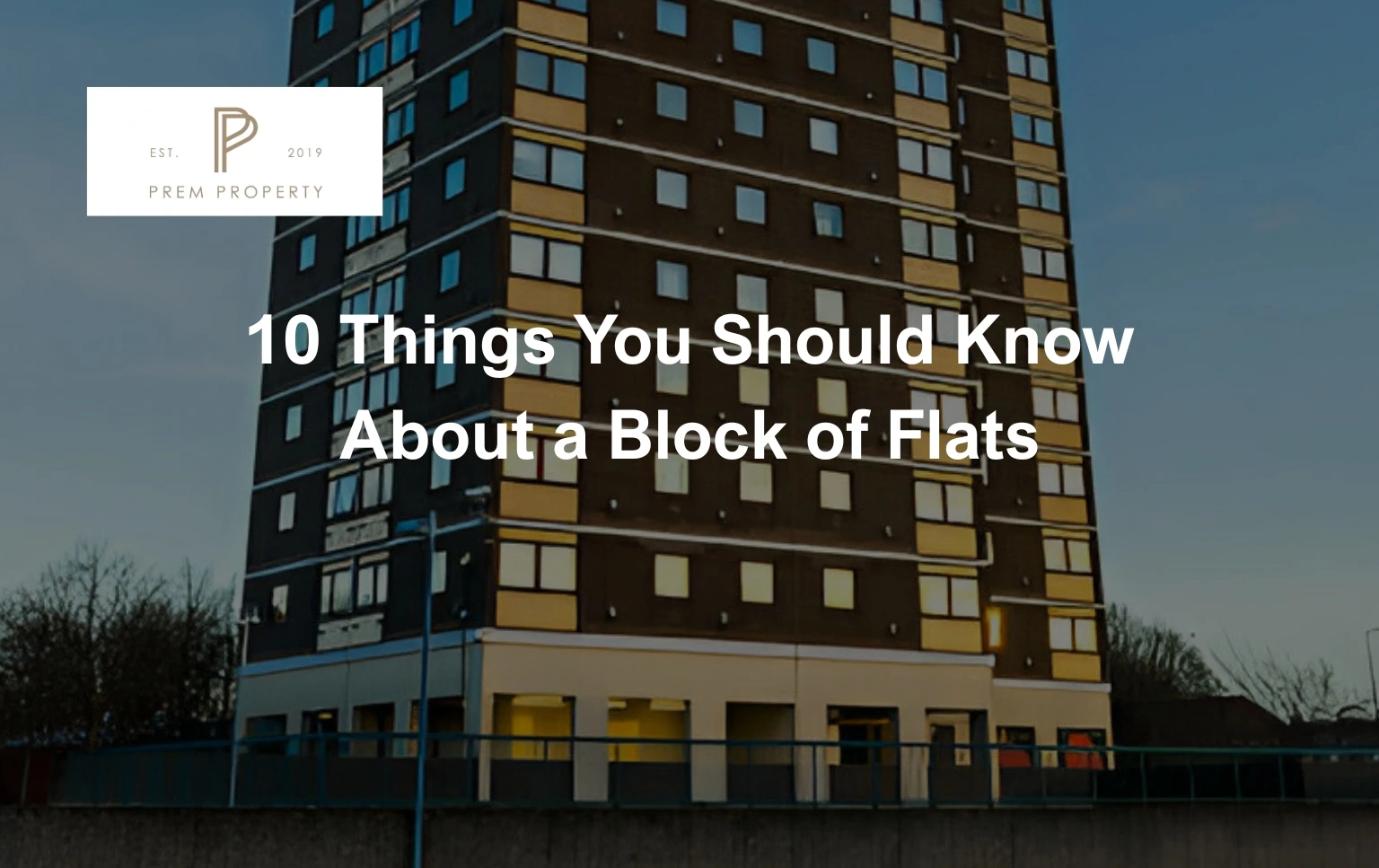A block of flats, also known as a tower block, is a popular type of housing found in urban areas, particularly in cities. It is a multi-storey building that houses several residential flats, offering a range of living options depending on the building’s size and amenities. Whether you’re considering moving into a block of flats or simply curious about this type of housing, here are ten key things you should know about blocks of flats.
What Is a Block of Flats?
A block of flats is a high-rise building designed to accommodate multiple residential units or flats, on different floors. These buildings typically range in height from a few storeys to well over ten. In larger cities, some blocks of flats can be towering structures, reaching over 20 or even 40 floors. The appeal of such buildings often lies in their efficient use of land, which is especially important in densely populated areas where space is limited.
The History Behind Blocks of Flats
The first block of flats in the UK was constructed in Harlow, Essex, in 1951. This marked the beginning of a significant shift in urban housing. The post-war years saw a rise in the construction of tower blocks as a solution to housing shortages. Government policy between the 1950s and 1980s encouraged the building of blocks of flats, particularly in urban areas. Notable constructions from this era include the Shakespeare Tower in London, built in 1976, which remains a grade II listed building today.
Although blocks of flats were once met with criticism for their perceived negative living conditions, many have now become part of the urban landscape, with more people living in them than ever before.
The Appeal of Living in a Block of Flats
There are several reasons why people choose to live in a block of flats. One major advantage is the affordability. On average, flats in tower blocks tend to be more affordable to build, buy and rent than other types of housing. This makes them an attractive option for first-time buyers and renters, especially in cities where housing prices are high.
Moreover, blocks of flats are often located in central, well-connected areas. Living in one offers convenience, with easy access to public transport, shops, restaurants and entertainment. This is particularly appealing to young professionals who want to live close to the heart of the city.
Shared Amenities and Community Feel
Many blocks of flats offer shared amenities, which can enhance the living experience. These can include gyms, communal gardens, reception areas and sometimes even spas and swimming pools. Shared spaces provide residents with opportunities to socialise and meet new people, which fosters a sense of community.
The communal areas can also contribute to a higher level of security, as there are more people around at all times. With security cameras, controlled access, and on-site staff, residents often feel safer in these environments than in traditional houses.

The Impact of Location
One of the most significant advantages of living in a block of flats is the location. These buildings are often found in city centres or near key amenities, making it easy for residents to commute and access services. Whether you’re working in the city or simply want to enjoy urban life, living in a block of flats can offer unmatched convenience.
In cities where space is at a premium, blocks of flats make use of vertical space to provide housing for more people. This is particularly important in areas where land is scarce, and housing demand is high.
Lower Maintenance Requirements
Blocks of flats generally require less maintenance than individual houses. With a greater number of flats in a single building, there is an economy of scale, which makes upkeep more manageable and cost-effective. For example, the maintenance of communal areas, such as gardens or lifts, is often covered by service charges, making it easier for individual residents to manage their living space without worrying about large-scale repairs.
Additionally, because flats are usually smaller than traditional houses, they require less cleaning and maintenance on a day-to-day basis. This appeals to people who are looking for low-maintenance living.
Noise and Privacy Concerns
Living in a block of flats does come with some drawbacks. One common issue is noise. Since flats share walls, floors and ceilings with neighbouring units, residents may experience noise from others. This is particularly true in high-density buildings with many flats. While some flats, especially those on the top floor, may be quieter, noise can still be an issue for many.
The proximity to neighbours can also impact privacy. While some people enjoy the close-knit atmosphere, others may find it intrusive. The layout of a flat, as well as the number of flats in a building, can significantly affect the level of privacy you experience.
Service Charges and Costs
Another consideration when living in a block of flats is service charges. These fees cover the maintenance of communal areas, including cleaning, repairs, and building security. Depending on the size of the building and the range of services offered, these charges can vary significantly. In some cases, service charges can be quite high, particularly in luxury developments with extensive amenities.
It’s also important to note that service charges can be increased if other residents cause damage to communal areas or fail to maintain their flats. Therefore, it’s essential to be aware of these additional costs when moving into a block of flats.
Cladding and Safety Concerns
Older blocks of flats, especially those built in the 1960s and 1970s, may have cladding that poses safety risks. This became a major issue following the Grenfell Tower fire in 2017, which was linked to flammable cladding. Many buildings were found to have inadequate fire safety measures, leading to widespread concerns over the safety of tower blocks.
If you’re considering buying or renting in an older block of flats, it’s crucial to check whether the building has been refurbished to meet current safety standards. This includes checking for any cladding issues and ensuring that proper fire safety measures are in place.

The Future of Blocks of Flats
The construction of new blocks of flats continues to rise as cities expand and the demand for housing grows. Many developers are building new tower blocks with modern amenities, energy-efficient features, and improved safety standards. This is especially true in cities where land is limited and expensive.
As urbanisation continues, blocks of flats are likely to remain an essential part of the housing market. With their central locations, affordability, and growing popularity, they offer a viable solution to the housing challenges faced by many cities.
Prem Property: A Guaranteed Rent Solution Provider
If you’re considering investing in a block of flats or you’re a landlord looking for a more secure rental income, companies like Prem Property, based in Birmingham, offer guaranteed rent solutions. Prem Property provides landlords with a dependable source of income through guaranteed rent agreements. This service can be particularly useful for property owners in blocks of flats, where the number of tenants may vary and managing multiple rental contracts can be time-consuming.
Prem Property guarantees landlords a consistent monthly rental income, regardless of the occupancy status of the property. This arrangement reduces the risk of void periods and provides peace of mind for property owners. With Prem Property’s services, you can focus on other aspects of your property investment while knowing that your income is secure.
Final Thoughts
Living in a block of flats offers a variety of benefits, including affordable housing, central locations, and shared amenities. However, it also comes with certain challenges, such as noise and service charges. Understanding these advantages and drawbacks can help you make an informed decision about whether living in a block of flats is the right choice for you. As cities continue to grow and evolve, blocks of flats will remain a key part of the urban landscape, offering practical and affordable solutions for those seeking city living. Furthermore, for property investors and landlords, exploring guaranteed rent solutions, such as those offered by Prem Property, can provide a stable income and alleviate many of the common concerns that come with managing rental properties.

